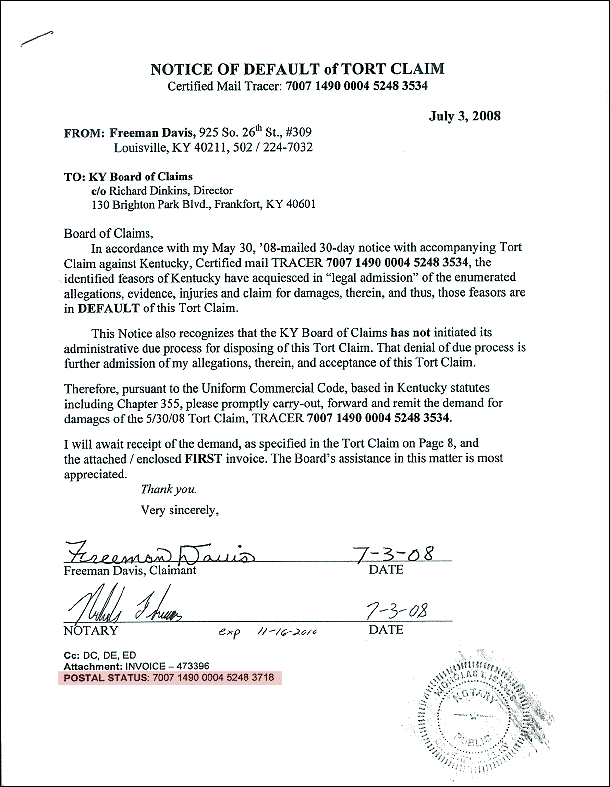

Select Customize in the row actions list containing the letterName code.Note that, in addition to changing the names of labels, you can also translate the labels for other languages. Select English from the Filter drop-down list.You can add labels or fields from the XML, use the values of these fields to define conditions, and so forth. The same XSL file is used to format all of the versions of the Query to Patron letter. In the Xsl field, modify the relevant XSL to change the format of your letter.For each of the entries that are specific to the enabled patron query types, in the row actions, select Customize, and then enter the appropriate text in the Description column.For example, the Codes of the entries that will only be included in the Type_1_query_name version of the query letter begin with Type_1 (e.g., Type_1_header, Type_1_subject).

On the Letters Configuration page ( Configuration Menu > General > Letters > Letters Configuration), locate the Query to Patron letter and open it for editing.Įntries whose Codes begin with Type_xx ( Type_1, Type_2, Type_3, and so forth) will only be included in the versions of the Query to Patron letter whose patron query types correspond with those numbers (see Configuring Patron Query Types).To disable a label, see the knowledge base article How can I disable a line in an Alma email letter? Select Restore Default Translations to restore all translations. Select Restore Translation in the row actions list to restore the translation to its default text.Select Restore in the row actions list to restore the label to its default text.To edit translations, first select a language in the filter.Select Customize in the row actions list to change the label or its translation.Restore Translation - If another language is configured and the Translation label was modified, the field is restored to the default.



 0 kommentar(er)
0 kommentar(er)
